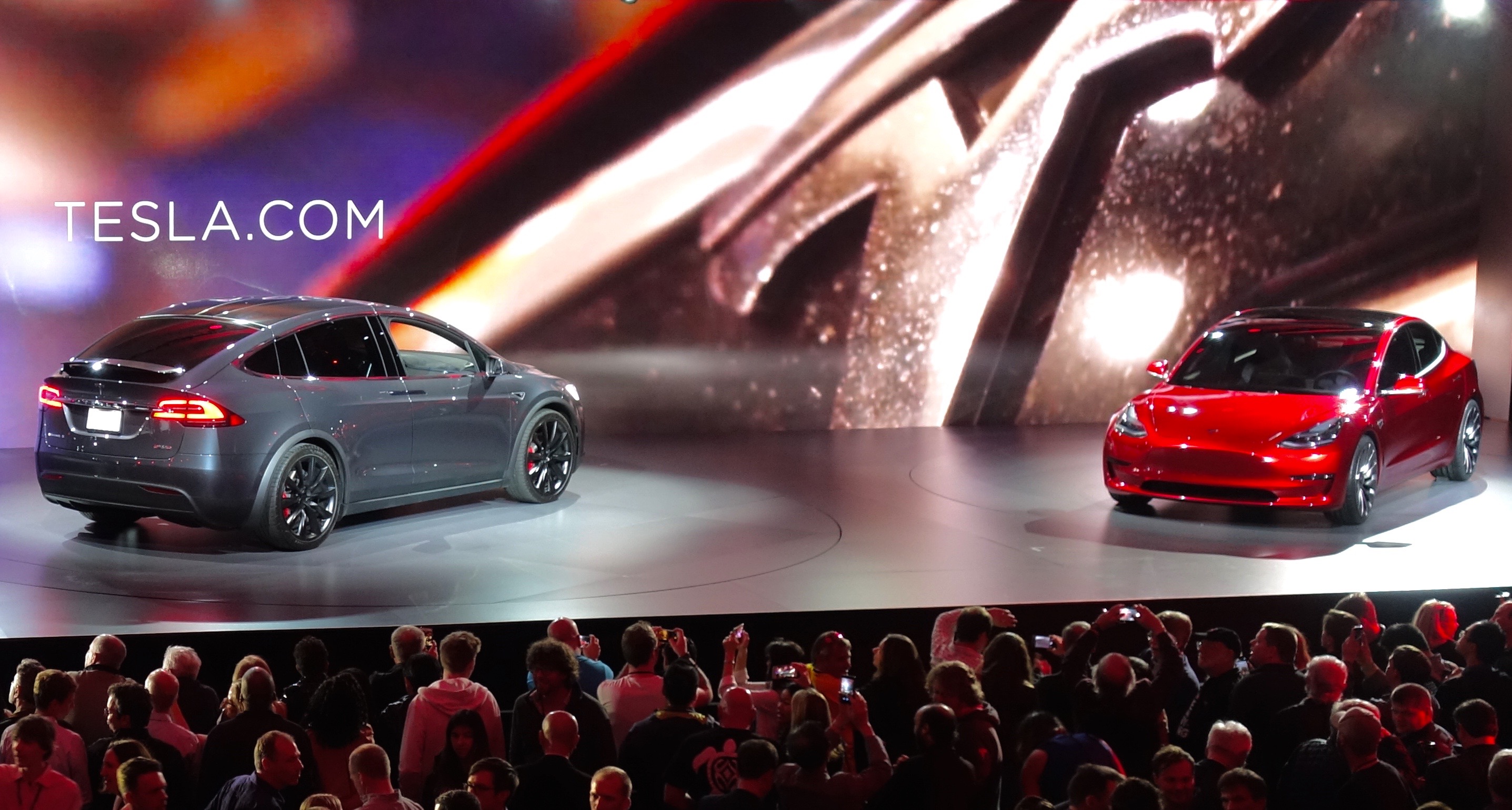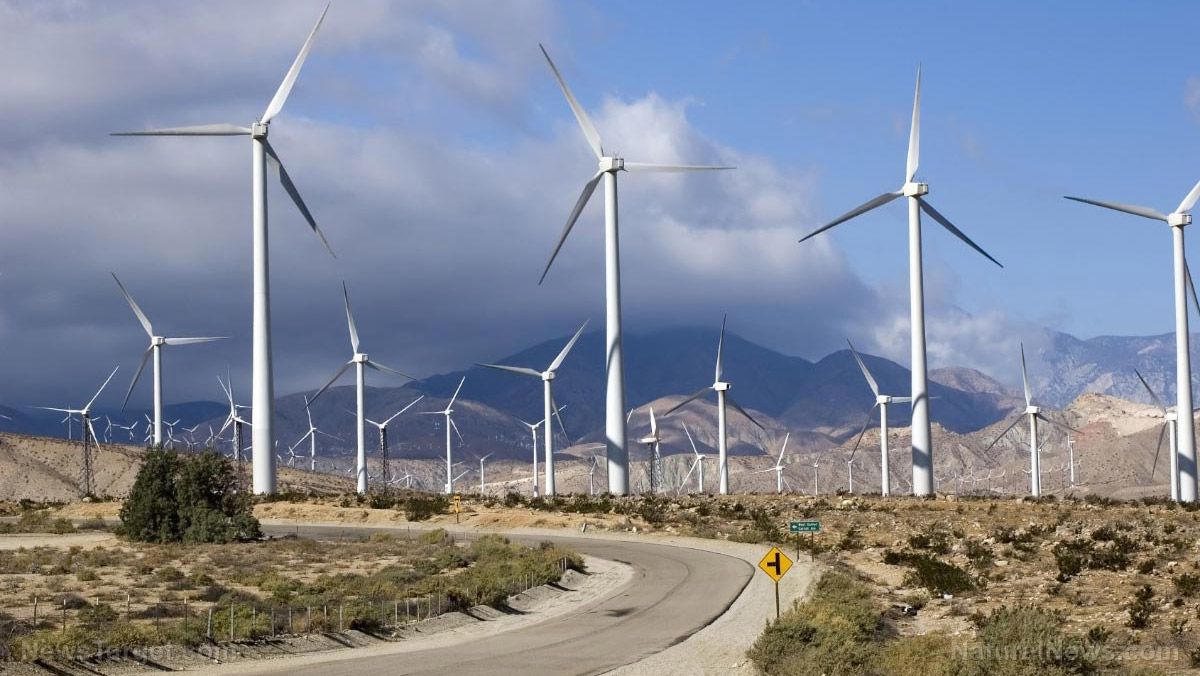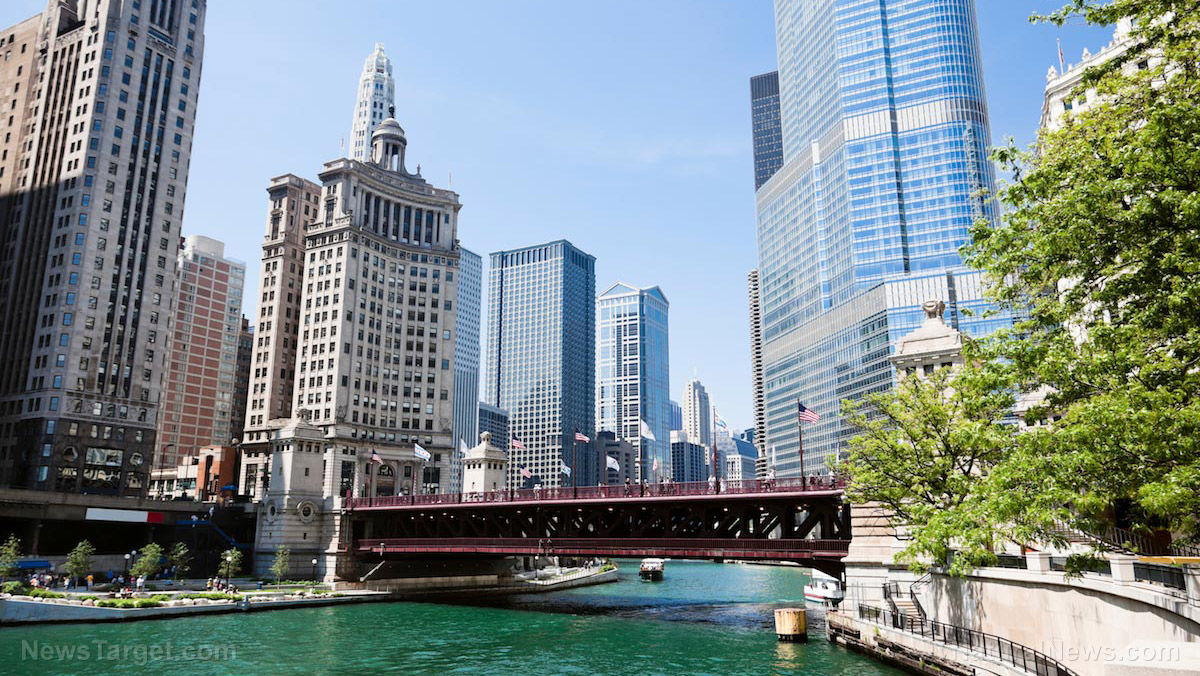
According to video from Kettleman City, location of one of the country’s biggest supercharging sites that features up to 40 chargers, drivers were queued up in a line about a half-mile long.
“When you regret your Tesla,” wrote one user who posted video to Facebook.
https://www.facebook.com/shanon.stellini/videos/10221275983794800/
According to Quora, charging an ‘empty’ Tesla vehicle takes an hour, though the site claims “that’s an exceedingly rare use case.”
“Range anxiety is one of the largest concerns when it comes to transitioning towards an electric vehicle. While other electric car manufacturers are trying their hardest to resolve these concerns, Tesla has held a competitive advantage in the case of charging and range for nearly a decade,” says a Tesla charging explainer at EVBite.
The site claims that charging one of the vehicles is like charging a cellphone; just plug it in and let it charge. Also, most owners charge their vehicles at home so they’re generally good to go each day.
And yet, there were lines at charging stations with wait times “anywhere from 30 minutes to well over an hour,” Infowars reported.
As for costs, for a Tesla Model S with a range of 370 miles and a 100 KWh battery (the largest the car company makes), it’s about $13 or less to ‘fill up’ at home. At any of the more than 1,600 Tesla charging stations around the country, however, it’s about double that amount.
https://twitter.com/shawn_nag/status/1201008756277968896
Another driver wrote on Twitter, “@Tesla I think you can do better with charging situation. This is at Kettleman location. Been sitting here in line for 40 mins and looks like half way there.”
https://twitter.com/crazytoon/status/1201008019657519104
Consumer: Do your own Tesla research before you buy
Still another claimed he ran into charging delays at a Buellton station.
“Ran into same at Buellton and SLO SCs which are "edge" chargers due to the long distance between next stops. Not the worst, but the software could certainly do a better job warning about expected charging delays.
https://twitter.com/nibblonian/status/1201349786034565121
There was a similar scene playing out in San Luis Obispo, where there was a line of about 20 vehicles waiting to reach a charging terminal — even as a mobile supercharging station was idle nearby.
“Update on the Tesla supercharger at the Madonna Inn. The mobile supercharger was there but did not appear to be charging any vehicles. There were about 20 cars waiting to charge,” a Twitter user reported, with video.
https://twitter.com/ChrisLeeterman/status/1200988117601177600
Obviously, Americans are free to purchase any vehicle they want, and that includes an all-electric car or a hybrid. (Related: Tesla caught “crippling” the battery life of cars, then controlling their discharge capacity from headquarters.)
And sure, perhaps Tesla could be better about educating purchasers of its vehicles that there could be delays at some charging stations at some point.
But then again, that’s asking the carmaker to become a fortune teller and predictor of the future, which is impossible. There is no way to know ahead of time who will have to wait in line for a charging terminal and who won’t on any given day.
So that means it’s up to the potential Tesla consumer to research these things and find out ahead of time what kind of advantages and disadvantages there are to buying an automobile that does not run on traditional fossil fuels. The Internet is pervasive; it wouldn’t take long.
And while they’re at it, they might want to research just how long the batteries last and how expensive it is to replace them — because they’re not cheap.
Sources include:
Please contact us for more information.























